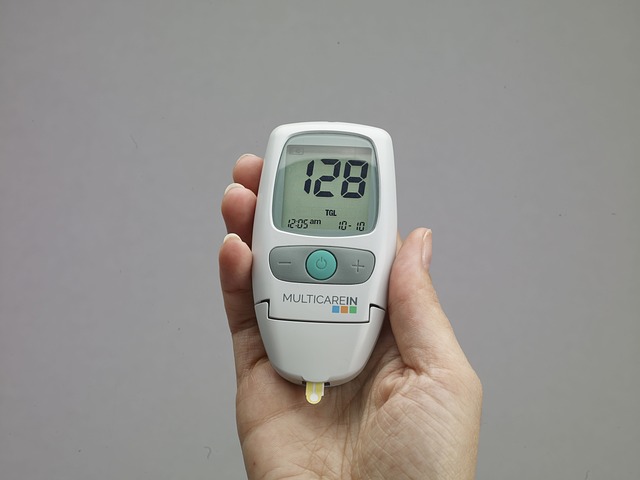The UK Vitamin B12 Blood Test is a vital tool for diagnosing iron deficiency through measuring ferritin levels, the 'iron storehouse' protein. Low ferritin indicates depleted iron stores and can lead to conditions like anaemia. Understanding normal (12-150 mcg/L) and anemic (below 30 mcg/L) ranges helps healthcare professionals detect deficiencies early, enabling timely interventions such as dietary changes or supplements to manage symptoms like fatigue, weakness, pale skin, and shortness of breath.
“Discover how ferritin level testing plays a pivotal role in diagnosing iron deficiency. This comprehensive guide explores the significance of understanding ferritin, especially in the context of the UK Vitamin B12 blood test. Learn how this simple yet powerful tool helps assess iron status and distinguishes normal from anemic range ferritin levels. By the end, you’ll grasp the importance of these tests for optimal health.”
- Understanding Ferritin: The Key to Iron Deficiency Diagnosis
- How UK Vitamin B12 Blood Tests Facilitate Ferritin Level Assessment
- Interpreting Results: Navigating Normal and Anemic Range Ferritin Levels
Understanding Ferritin: The Key to Iron Deficiency Diagnosis
Ferritin, often dubbed the ‘iron storehouse’ of our bodies, plays a pivotal role in diagnosing iron deficiency. It’s a protein that binds and stores iron, ensuring it’s readily available for various bodily functions. When iron levels dip below normal, ferritin levels reflect this deficit. A UK Vitamin B12 Blood Test, which includes measuring ferritin, is a valuable tool to assess iron status. Healthcare professionals use this test to gain insights into potential deficiencies and guide appropriate treatment.
Understanding ferritin’s significance in iron metabolism allows for early identification of issues like anaemia caused by iron deficiency. This knowledge encourages individuals to seek medical advice promptly, ensuring timely intervention with dietary changes or supplements to restore healthy ferritin levels and combat the effects of iron deficiency.
How UK Vitamin B12 Blood Tests Facilitate Ferritin Level Assessment
In the UK, one effective tool for assessing ferritin levels and diagnosing iron deficiency is the Vitamin B12 blood test. This test plays a pivotal role in understanding overall nutritional health. By measuring the amount of vitamin B12 in the blood, healthcare professionals can gain valuable insights into potential deficiencies, including iron deficiency anaemia. Ferritin, a protein that stores iron, is often low in individuals with iron deficiency, and its levels can be accurately assessed through this test.
The UK Vitamin B12 blood test offers a straightforward method to evaluate ferritin levels, providing critical information for diagnosis and treatment planning. This approach facilitates early identification of iron deficiency, allowing for timely interventions. As a result, it becomes easier to manage and prevent the adverse health effects associated with low ferritin levels.
Interpreting Results: Navigating Normal and Anemic Range Ferritin Levels
When interpreting ferritin level results from a UK Vitamin B12 blood test, understanding both the normal range and the anemic range is crucial. The normal ferritin level typically falls between 12-150 micrograms per litre (mcg/L) for adults. This range indicates sufficient iron stores in the body, suggesting that you are not currently suffering from iron deficiency.
However, if your result falls below 30 mcg/L, it may indicate anemic range ferritin levels, which is a strong indicator of low iron stores and potential iron deficiency anemia. This condition can lead to fatigue, weakness, pale skin, shortness of breath, and other health issues. If your test results fall within this range, further evaluation by a healthcare professional is recommended to determine the best course of action for managing your iron levels.
Ferritin level testing, facilitated by UK Vitamin B12 blood tests, offers a crucial tool in diagnosing iron deficiency. By understanding ferritin as the body’s iron storage protein, healthcare professionals can interpret results within normal and anemic ranges to make informed decisions about treatment. This simple yet effective method allows for early intervention, ensuring optimal health outcomes for those at risk of iron deficiency.
